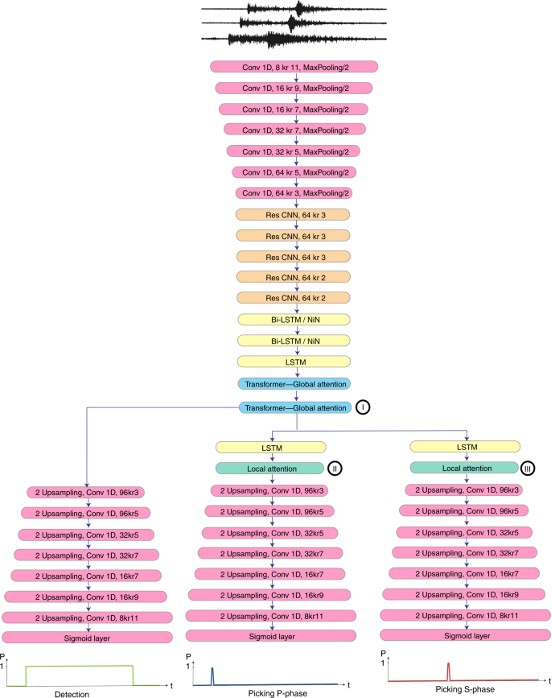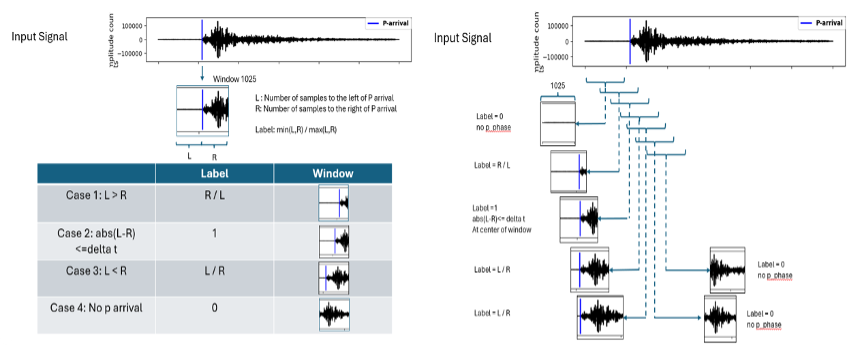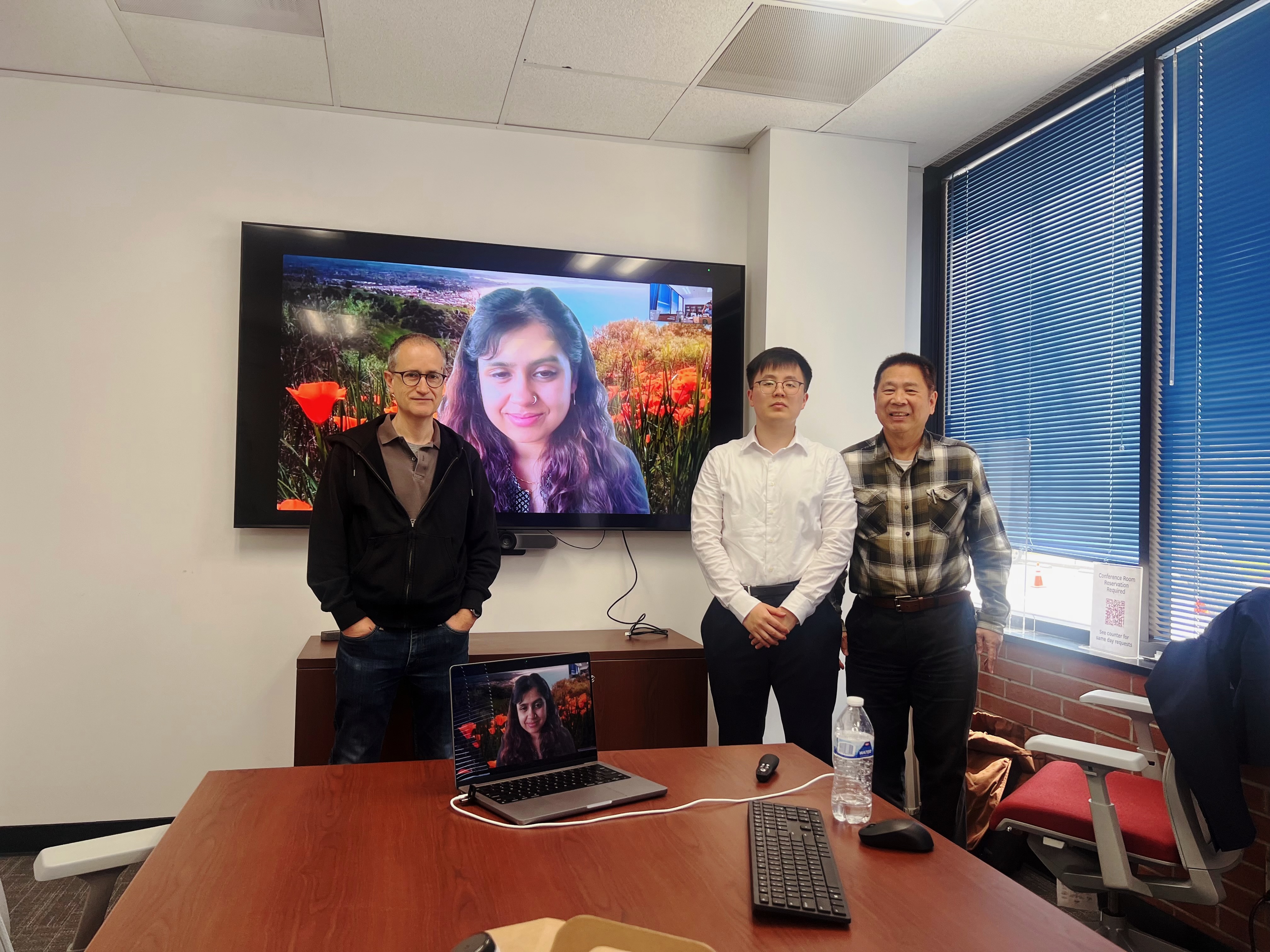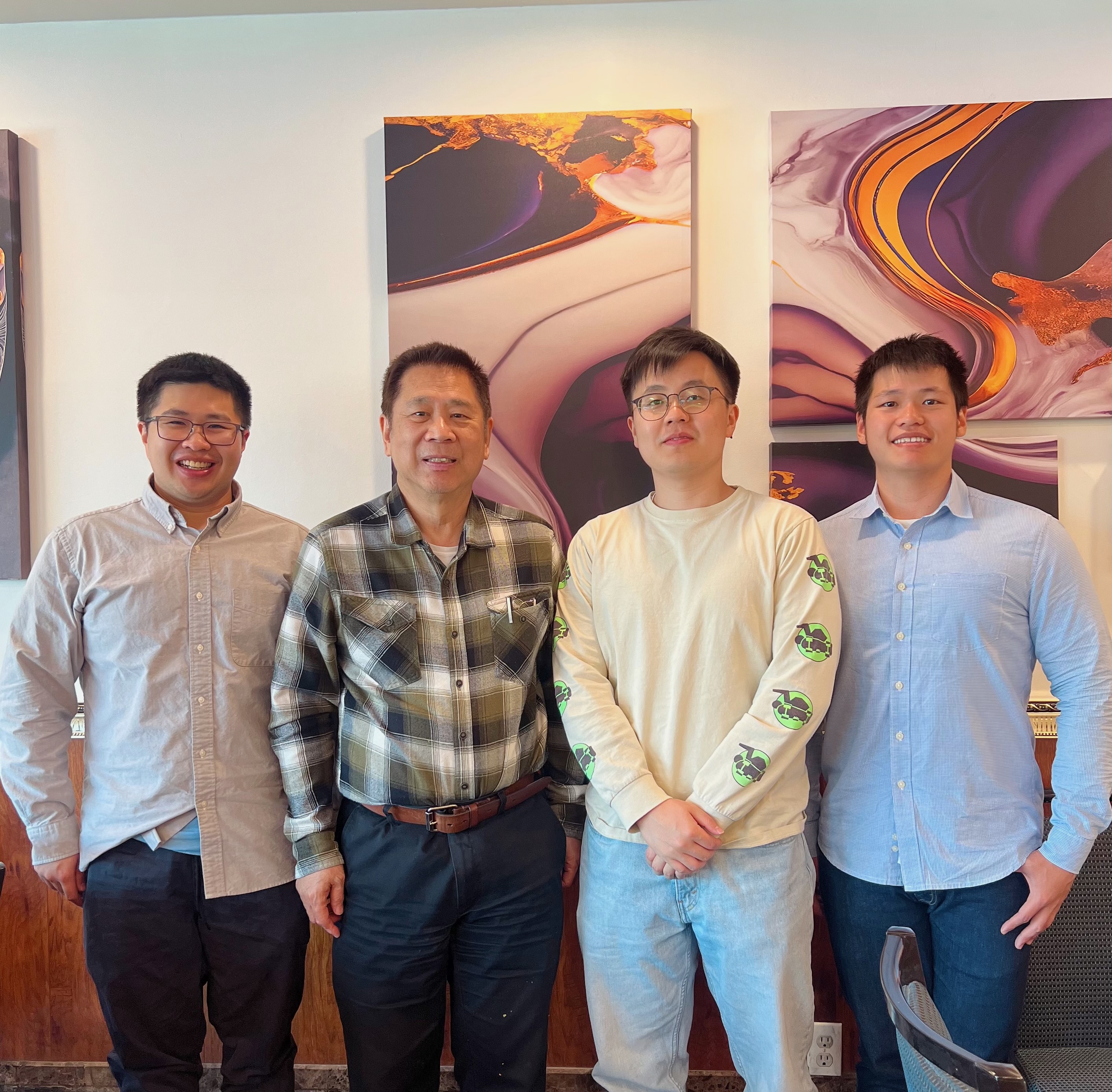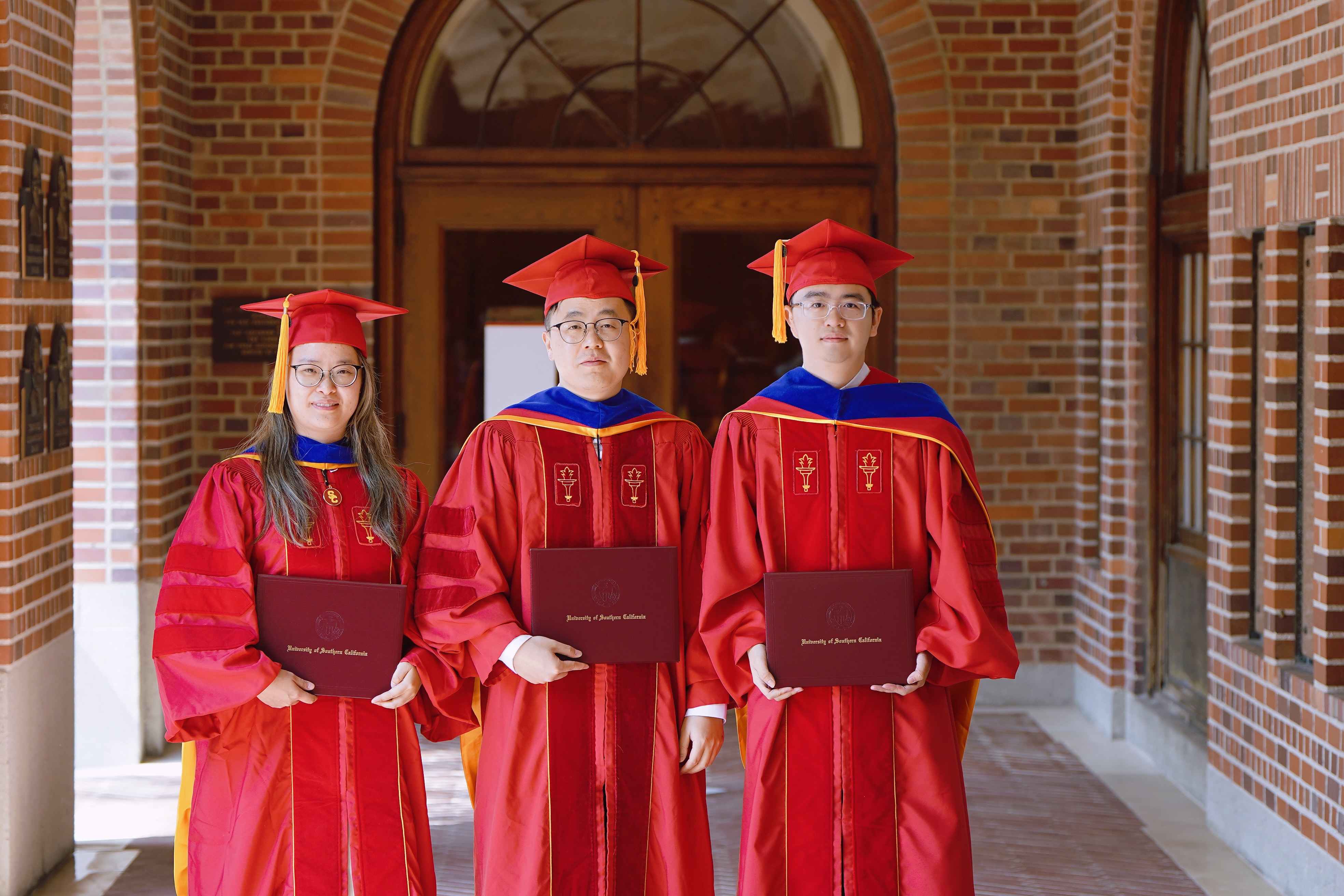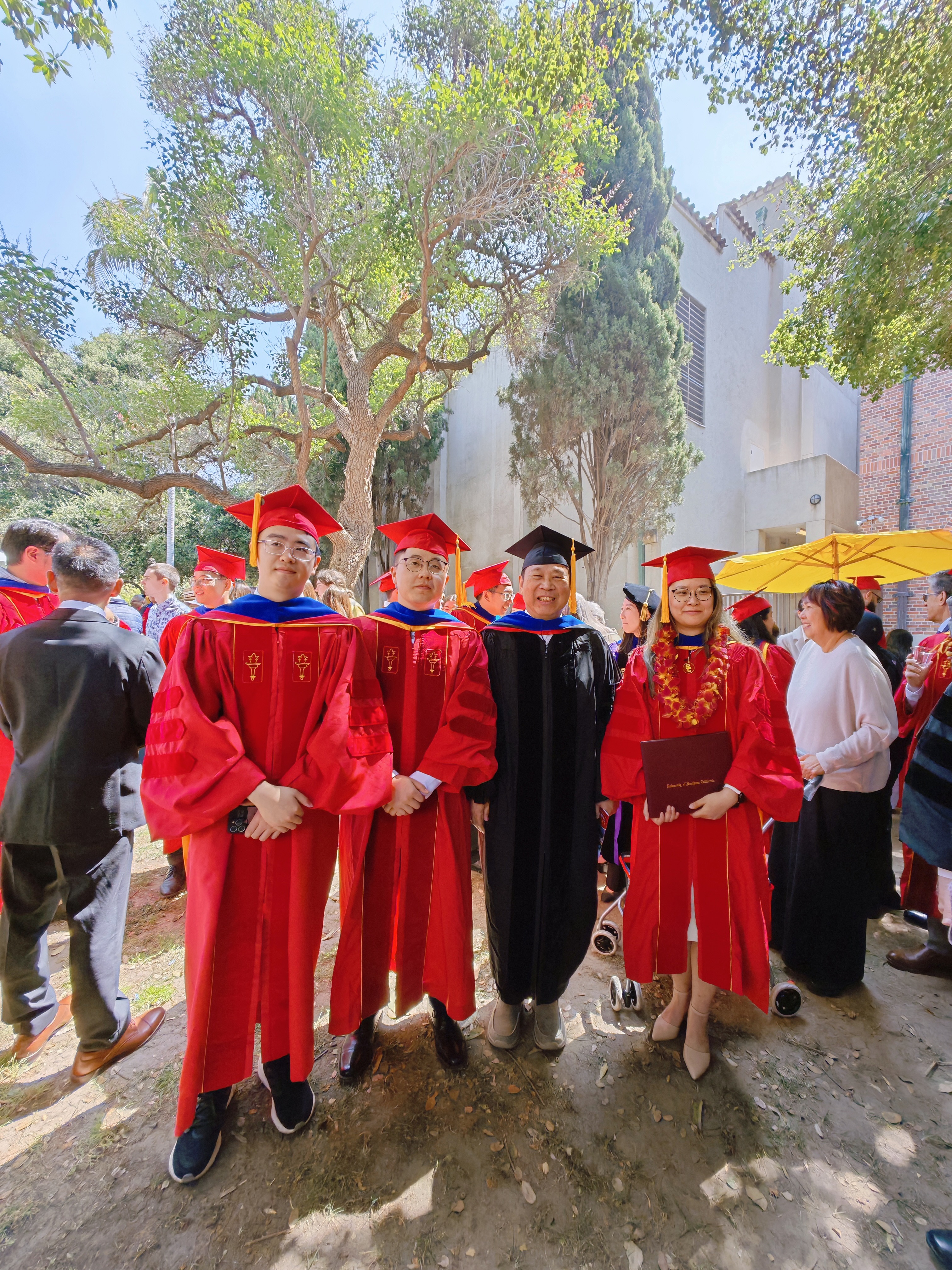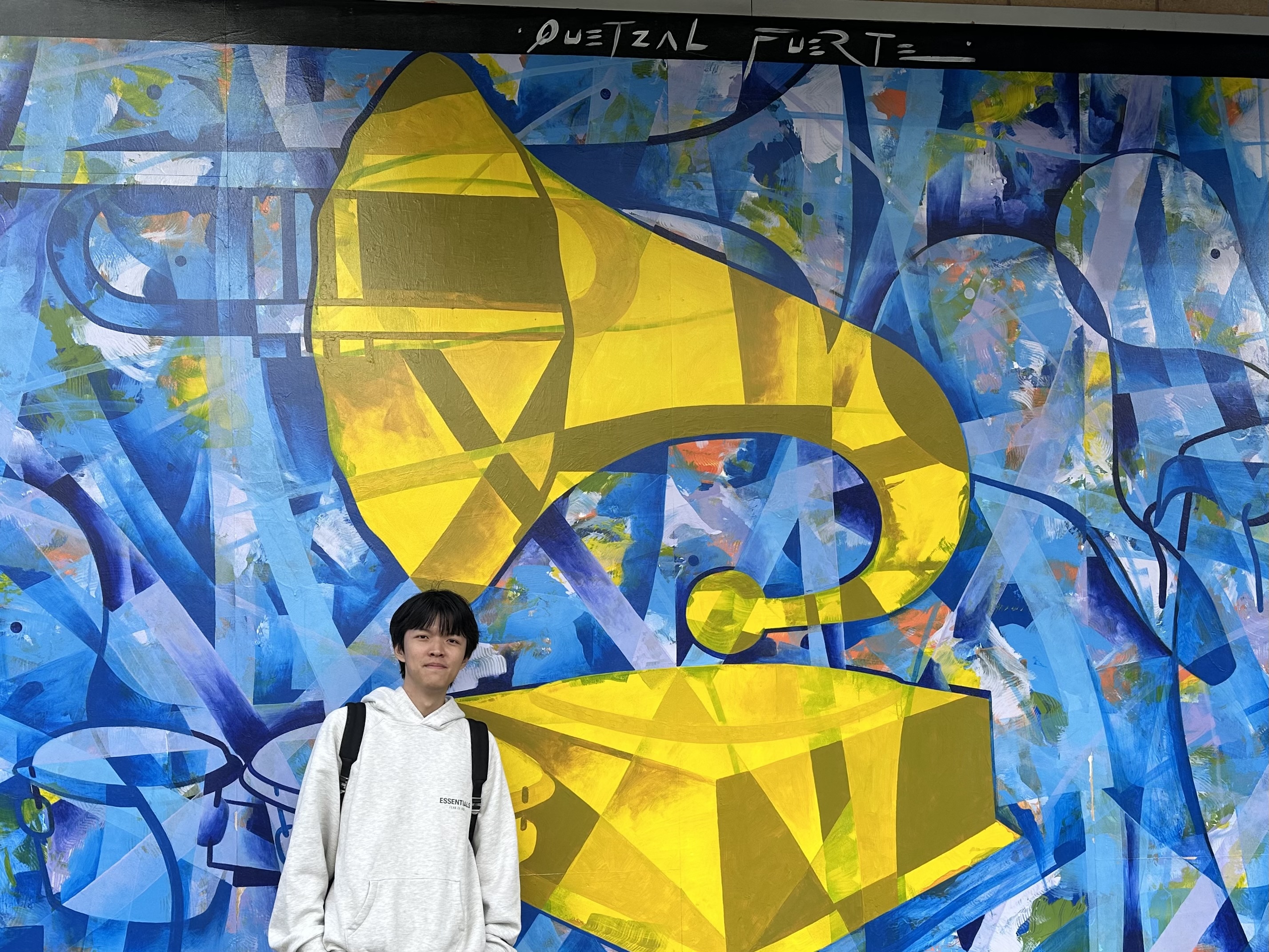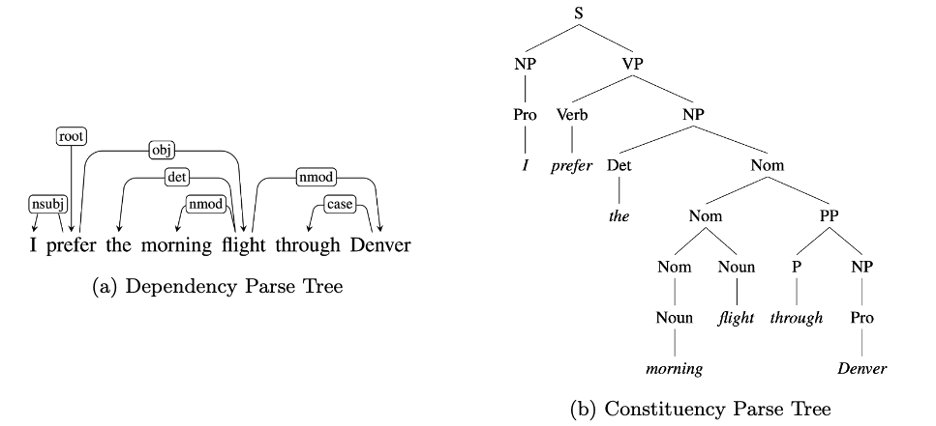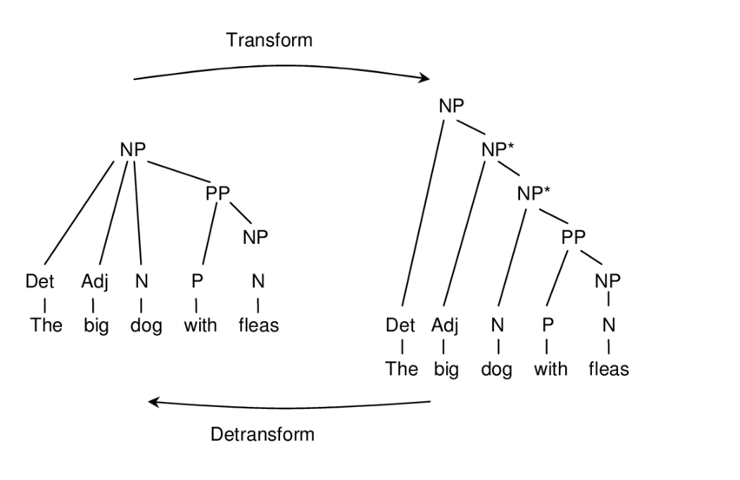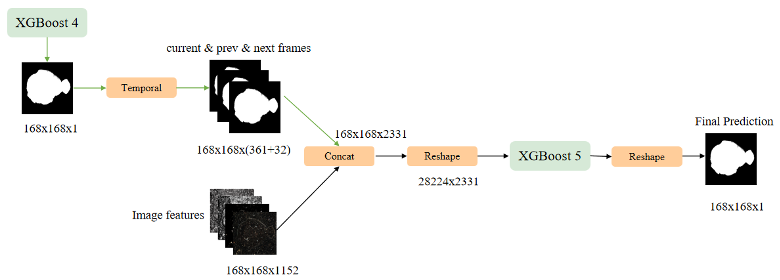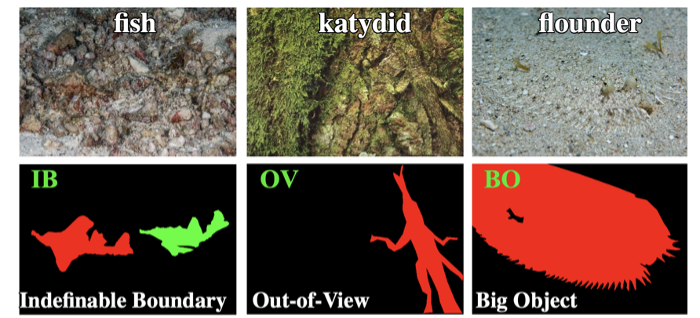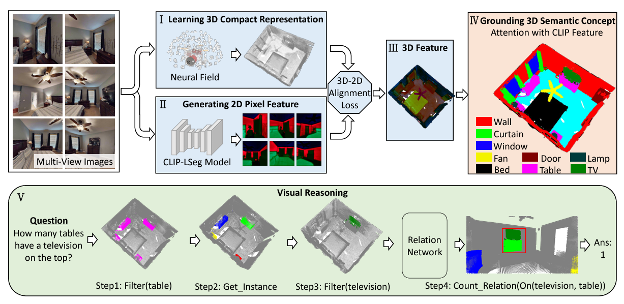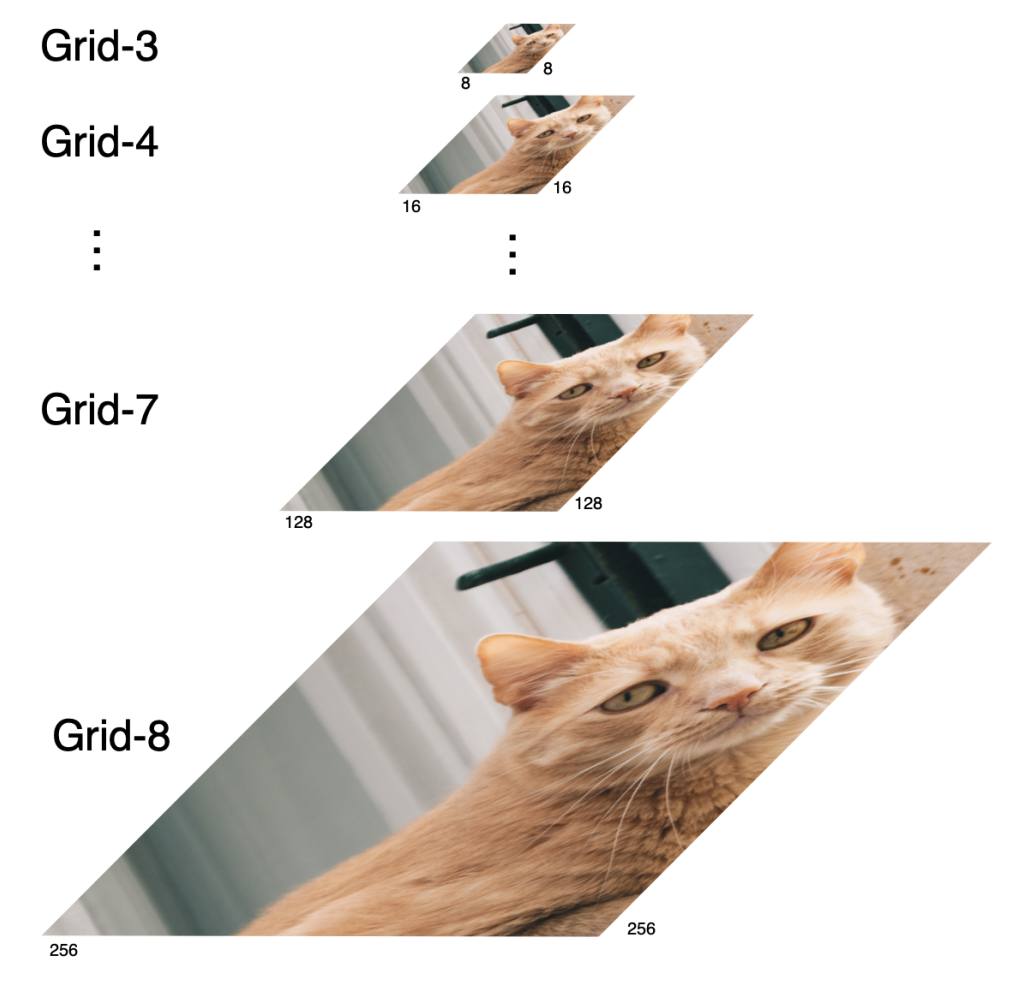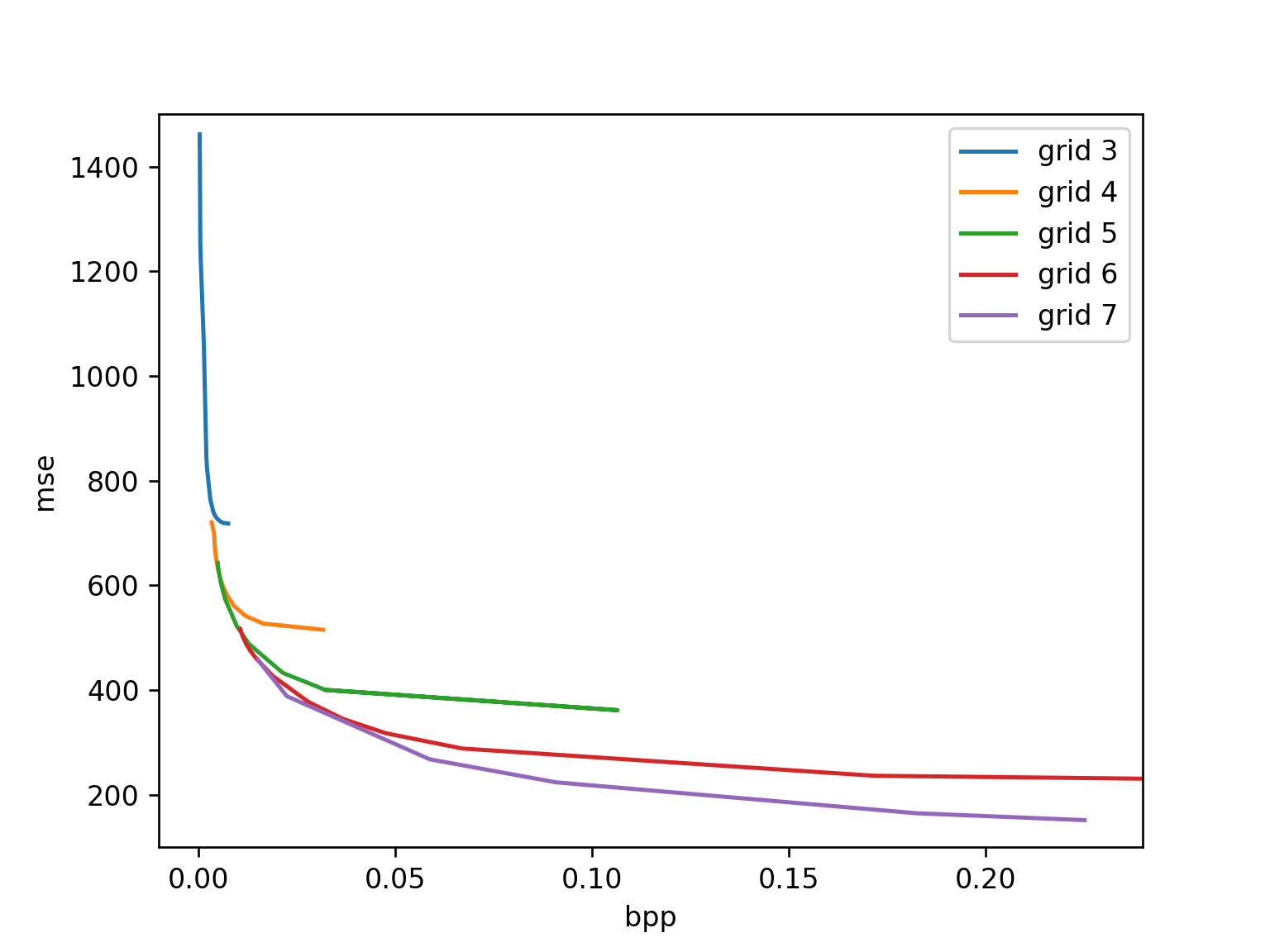MCL Research on Seismic Data Processing
Seismic data processing involves detecting earthquake signals and picking seismic phases from the diverse types of signals recorded by seismographs. During a seismic event, energy radiates from the focus (or hypocenter) as waves travel in all directions. These waves are categorized into body waves and surface waves. Understanding and accurately detecting these waves are crucial for rapid response and seismic hazard assessment.
Types of Seismic Waves
Body Waves: These waves travel through the Earth’s interior and are divided into two types:
P Waves (Primary Waves): The fastest waves, P waves are the first to be recorded on seismographs. They can travel through both solid and liquid media, causing the ground to move forward and backward.
S Waves (Secondary Waves): Following the P waves, S waves travel more slowly and cause a swinging motion that moves the ground up and down. S waves only travel through solid materials.
Surface Waves: Generated when body waves reach the Earth’s surface, surface waves spread out over the Earth’s surface. They are typically more destructive and damaging than body waves due to their larger amplitude and longer duration.
Importance of Seismic Phase Picking
Modern seismic networks continuously generate vast amounts of data. Manual analysis of this data is impractical due to the need for rapid response. Additionally, seismic data often contain significant noise and ambiguous signals, complicating interpretation. Accurate and efficient detection and phase picking are vital for reliable seismic event characterization, crucial for understanding seismic hazards and responding to potentially damaging earthquakes.
Deep Learning Approaches
Several deep learning (DL) models have been developed for seismic phase picking, including:
Generalized Phase Detector [1]
PhaseNet [2]
Earthquake Transformer [3]
These models achieve high accuracy in P-phase picking and can accurately identify the arrival of S waves, even when overlapped with the coda of [...]

